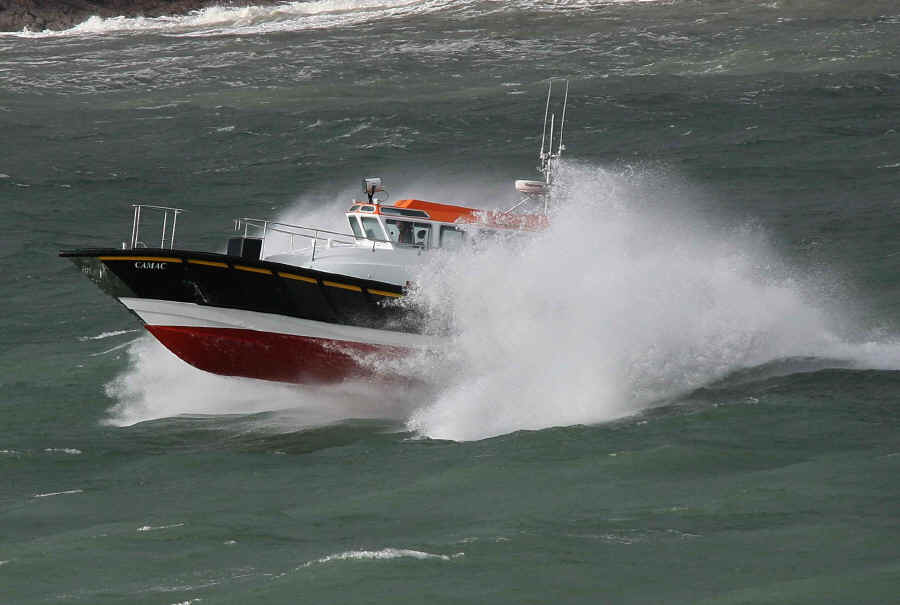
The Port of Dublins new pilot boat 'CAMAC'
After
an international tender process, Safehaven Marine was awarded the
contract to supply two Interceptor 42 Pilot boats to the Port of Dublin,
Ireland. The two new craft will replace the ports old Aquastar 42’s. The
contract was awarded after the Dublin pilots undertook sea trials off Cork
Harbour in severe storm force 9 conditions and 10m seas in the recently supplied
‘Gleann Mor’, Cork harbours new Interceptor 42 Pilot boat. They were hugely
impressed with her rough weather sea keeping, even when being engulfed by huge
breaking seas she maintained composure, and imparted confidence in all aboard,
especially inspiring was her directional stability in following seas, whilst her
deep V hull meant her motions into head seas was soft with zero slamming.
Now in service the Cork Pilot vessel has proved highly commendable,
Michael Mc Carthy, the Ports Harbormaster commented:
“The Gleann Mor has been tested in service during severe gale force 9 conditions and her handling both running into and ahead of the weather is reassuringly controllable. We also find that due to her twin chine hull design, spray suppression is very effective and visibility is exceptional, the deck with its high freeboard also remains very dry. During ship boarding in rough conditions her design makes a very stable platform for the Pilot and assists the coxswain in coming away from vessels.
Throughout the construction period we found management, staff and contractors to be extremely knowledgeable, flexible and co-operative and the numerous minor alterations accepted due to our practical experience in pilotage matters. The Ports specification on strength of design was very specific and we are very satisfied with the end result with one of the strongest pilot hulls on the market”
The
This represents an industry first for a sophisticated data logging and remote monitoring system to be used in a pilot craft, and demonstrates Safehaven Marines ability explore new technologies. The second craft is to be delivered in the spring 2008.

' CAMAC' performed perfectly achieving 26.5kts with her two C12 Caterpillar engines, rated 575hp @ 2300rpm on a 15,200kg light ship displacement, (17,000kg loaded). As I think you'll agree she looks splendid.
See a video of her undergoing rough weather sea trials on our video download page from this link,
SEE A VIDEO OF CAMAC IN GALE FORCE 9


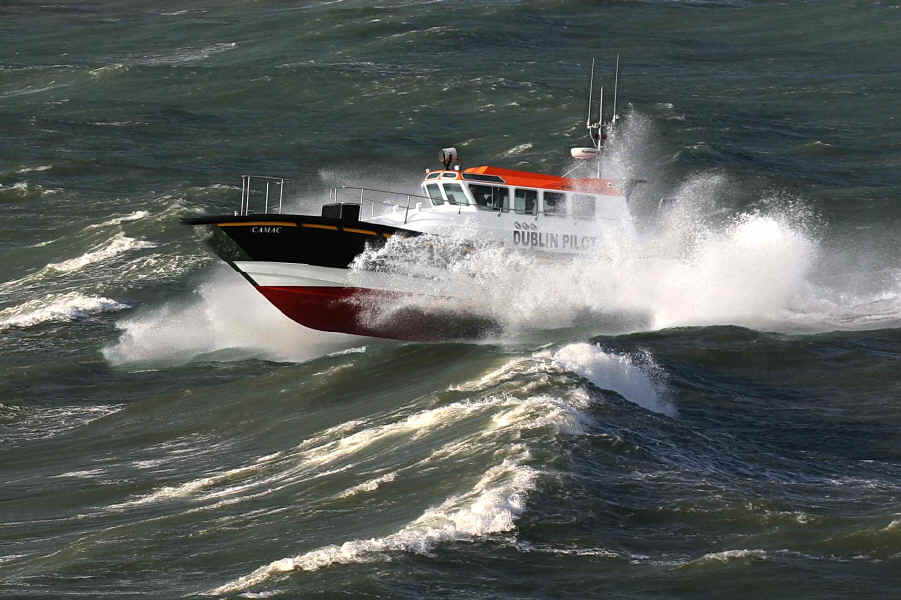
We completed further sea trials in Southerly Storm force 9 conditions, seas were over 7.5m, 23ft. Below are some pretty impressive pictures. The Dublin Harbor Master David Dignan was aboard for some of the trials during the day and was very impressed with her soft ride into the seas and especially by her superb directional stability in the huge following seas encountered, in the video there is a section where she was run at max speed directly down wind with hands off the steering wheel for over 400 yards without any correction to the helm required.
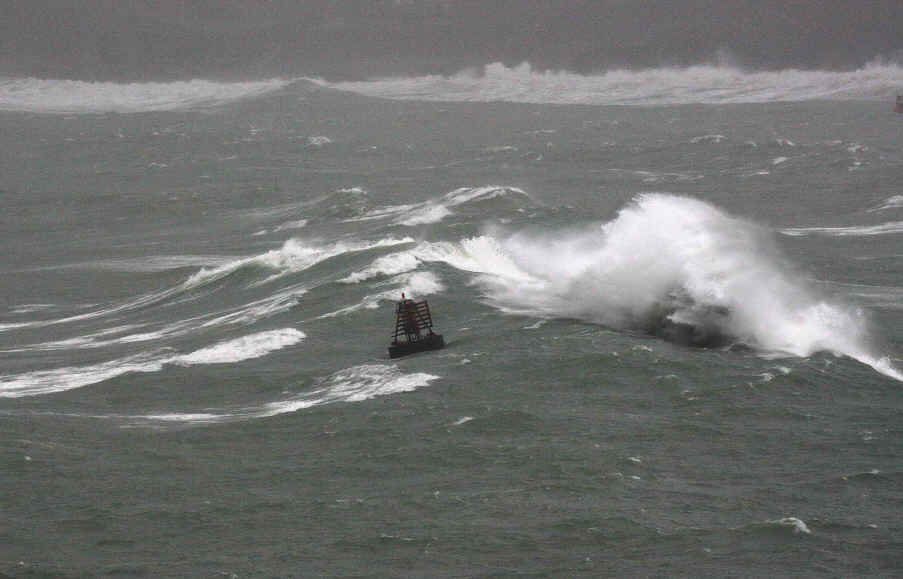
The first of her rough weather sea trials was completed, she performed fabulously light and responsive to the helm with her power steering, yet solid and safe with excellent stability and seakeeping. Her running trim is 6 degrees, and allows her to punch through waves yet be safe and controllable running down wind. From the video on our video download page you can see her abilities demonstrated in a SW Force 8 gale.

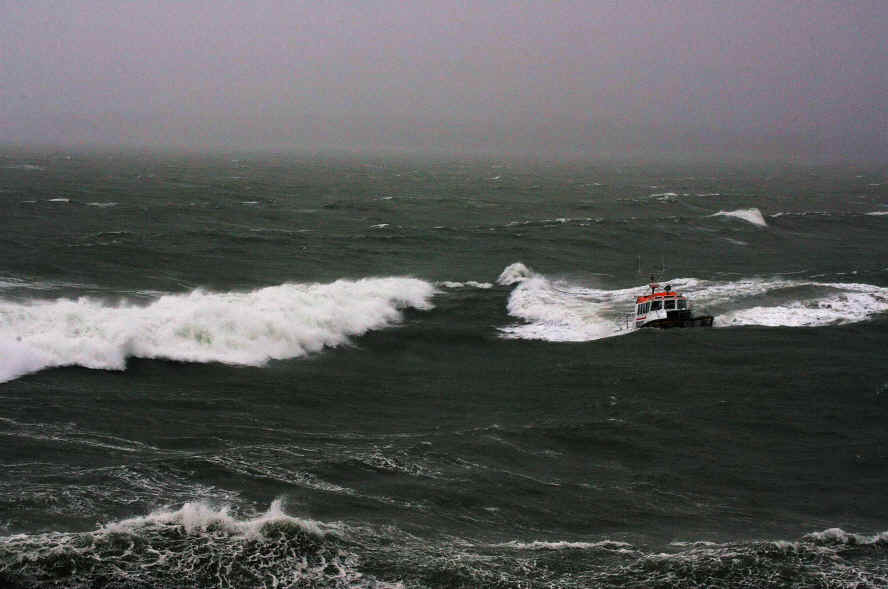

During the day we encountered her sister ship the 'Gleann Mor 'carrying out a boarding, and captured this nice shot of the two boats together.
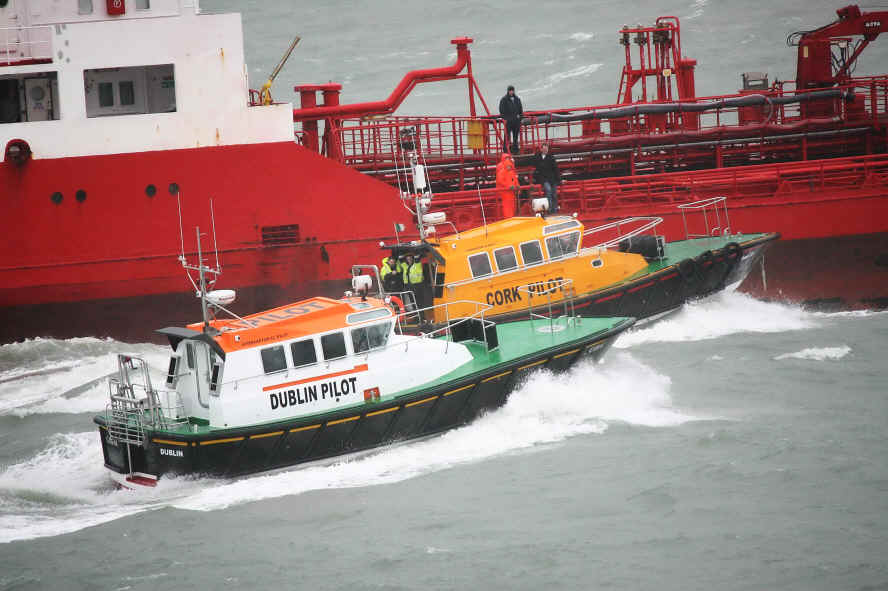
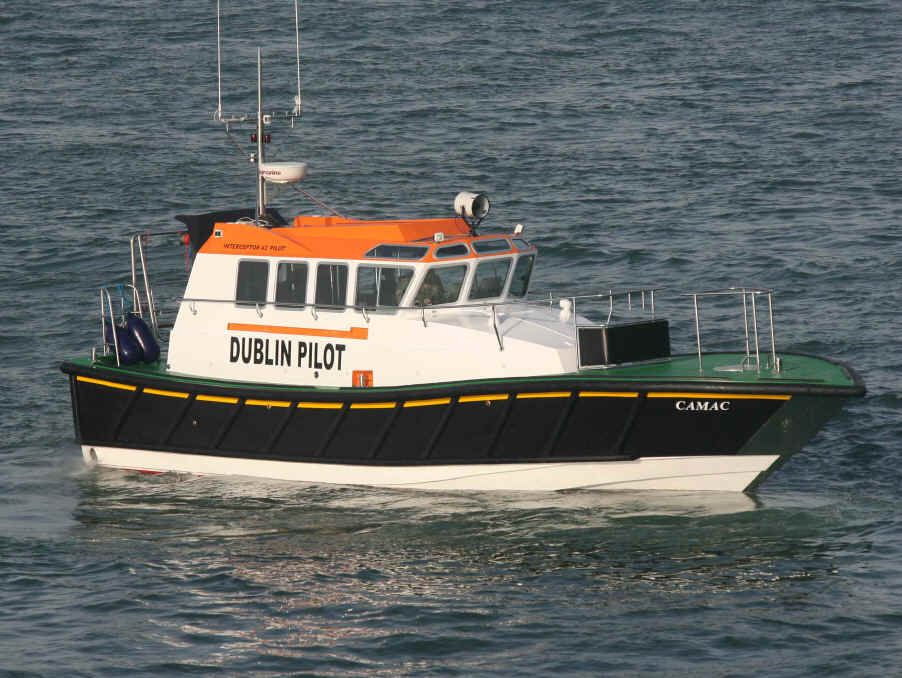

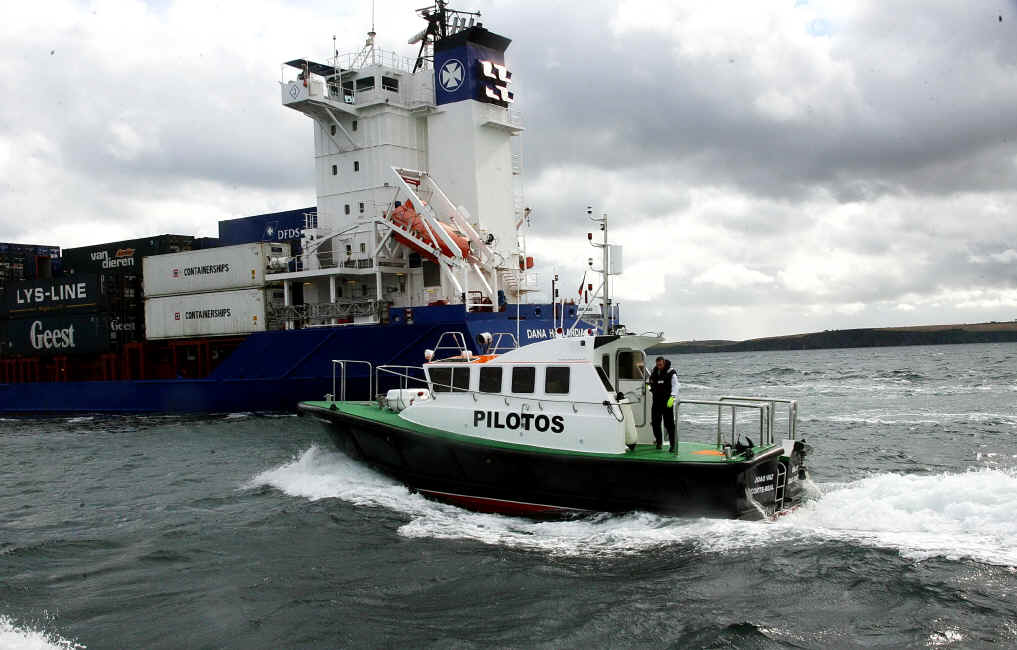
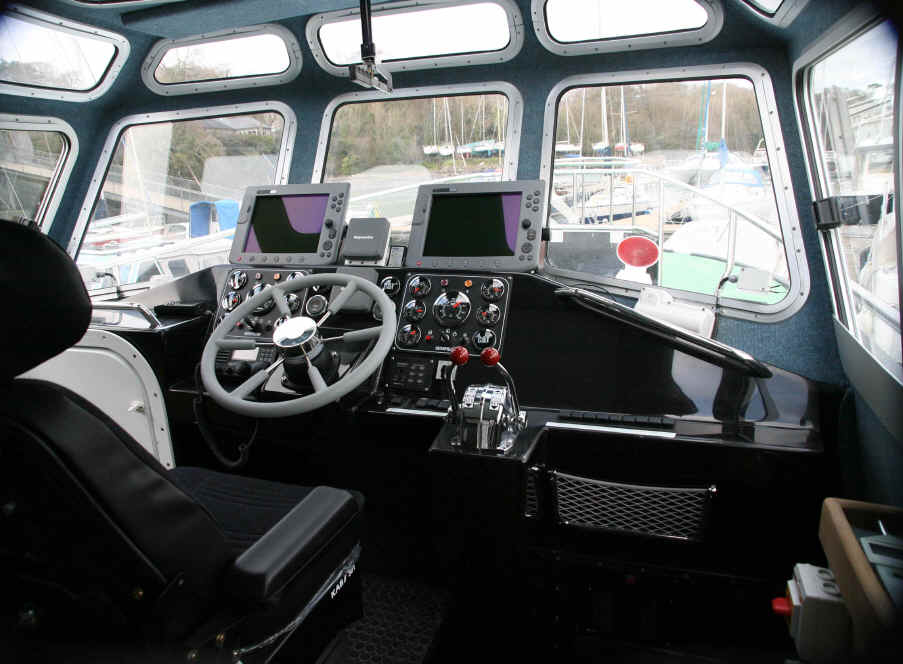
Her engine room is large and spacious with easy access to all service components and standing headroom towards the front of the engine room.
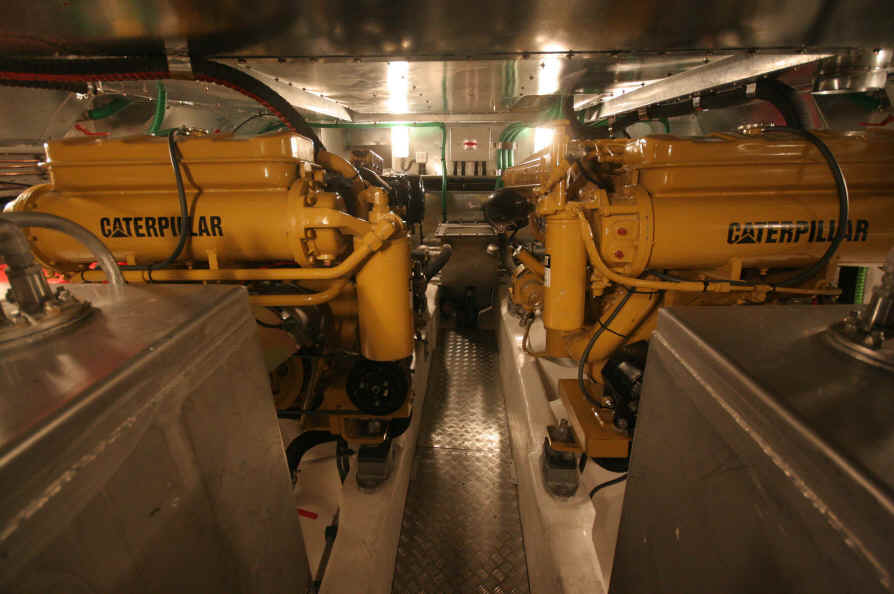
Below are some pictures of her launch in Cork.
